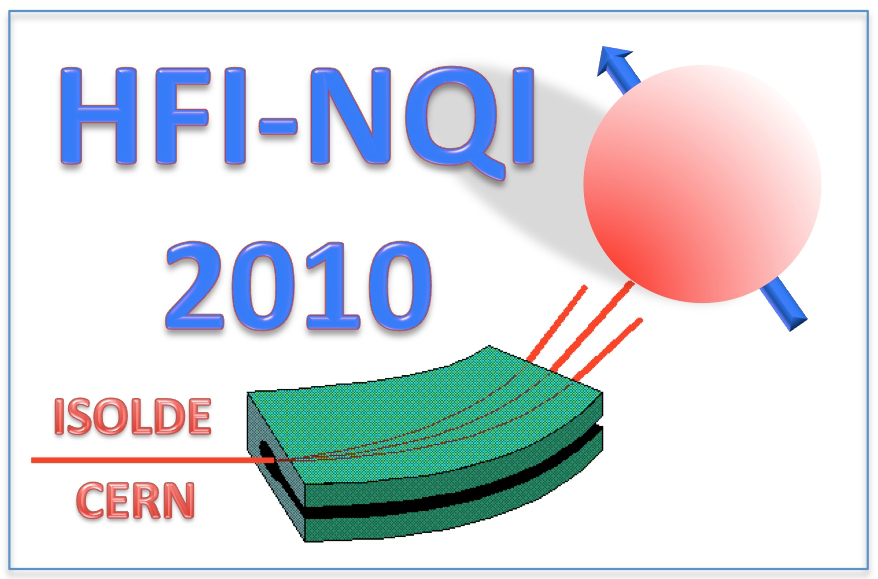Speaker
Description
Summary
Br NQR relaxation and successive phase transitions of CH3NH3HgBr3
H. Niki1, K. Higa1, Y. Okada1, M. Oshiro1, M. Yogi1, and H. Terao2
1Department of Physics, Faculty of Science, University of the Ryukyus, Nishihara, Okinawa 903-0213, Japan; e-mail: niki@sci.u-ryukyu.ac.jp
2Department of Chemistry, Faculty of Integrated Arts and Sciences, Tokushima University, Minamijosanjima-cho, Tokushima 770-8502, Japan
The temperature dependence measurements of 81Br NQR frequencies in CH3NH3HgBr3 by using a super-regenerative type spectrometer have revealed that it undergoes three characteristic successive phase transitions between 77 K to ca. 300 K [1]. Each phase transition seems to be closely related to the motions of methyl ammonium cation as a partial or whole. In this work a pulse NQR method was applied to the sample crystals to get more precise information about the nature of the phase transitions; the results of the 81Br NQR relaxation measurements as well as the frequency reinvestigations are reported.
The first-order nature of the phase transitions of IV↔III at 127 K and of III↔II at 187 K were confirmed by the observations of the hysteresis on the NQR frequencies in the process of heating and cooling in addition to the observation of frequency jumps in the temperature dependence curves (the numbering of the phases is the reverse order as used in Ref. [1]). On the other hand, the second-order type phase transition temperature of II↔I was determined as 239 K.
The 1/T1 vs. T curves of the ν2 resonance line (88 MHz) for 81Br NQR shows a larger increase of 1/T1 with temperatures in the phase IV than the other phases and an enhancement of 1/T1 for the second-order II↔I phase transition at 239 K (Fig.2). The enhancement of 1/T1 indicates the onset of the molecular motion of the cation as a whole on the II→I phase transition (The local environment is shown in Fig. 3). Meanwhile the IV↔III and the III↔II phase transitions may be related to the rotational motions of CH3 and NH3 groups, respectively.
References
[1] H. Terao and T. Okuda, Z. Naturforsch. 45, 343 (1990).
[2] M. Körfer, H. Fuess, J. W. Bats, and G. Klebe, Z. Anorg. Allg. Chem. 525, 23 (1985).
| Are you a student, a delegate from developing countries or a participant with physical needs and would like to apply for a sponsored accomodation. Please answer with yes or no. | no |
|---|---|
| Please specify whether you would prefer an oral or poster contribution. | poster contribution |
